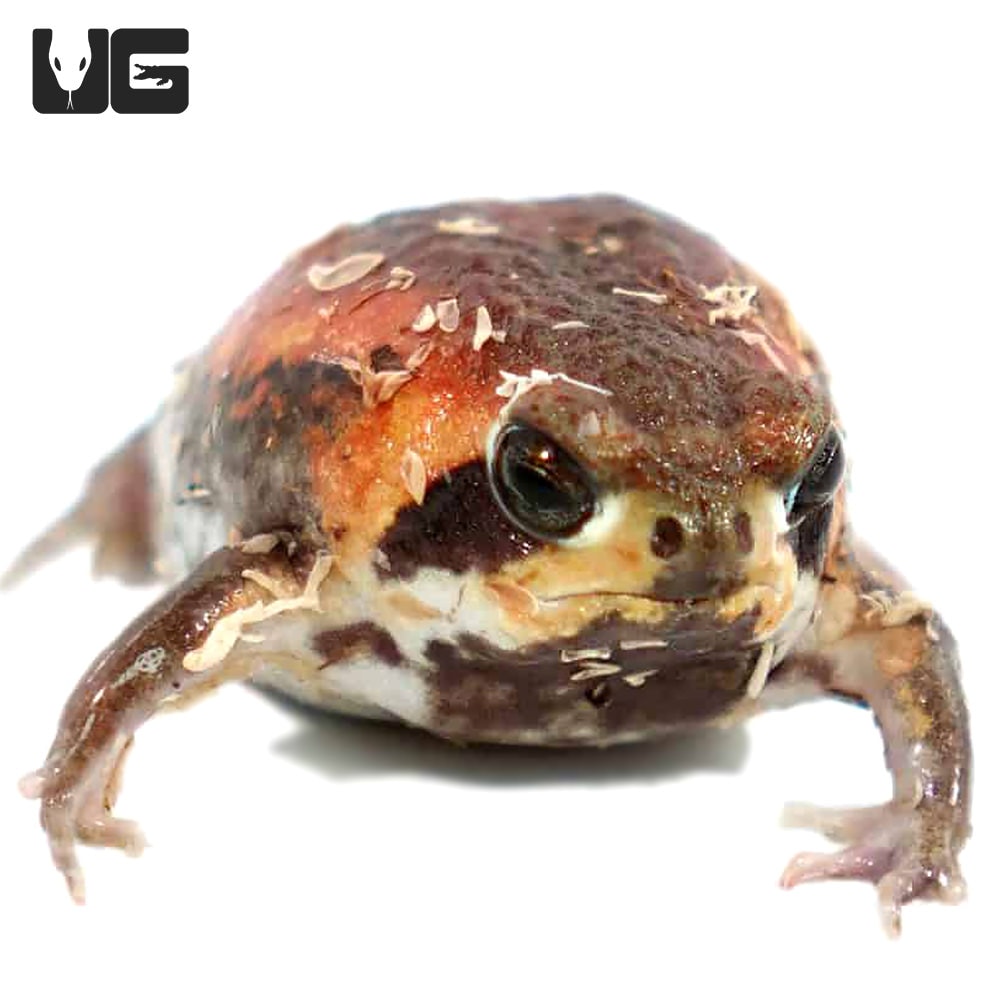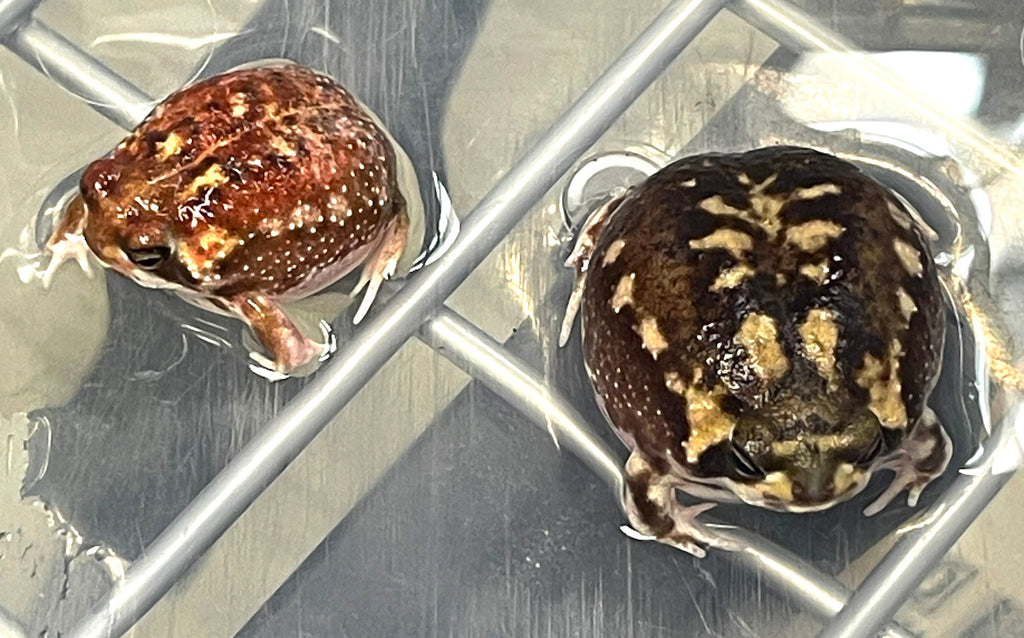Check Out Rain Frog for Sale: Raise Your Animal Game with a Distinct Amphibian Good Friend!
Check Out Rain Frog for Sale: Raise Your Animal Game with a Distinct Amphibian Good Friend!
Blog Article
The Ideal Reptile Enclosures: Just How to Develop the Perfect Environment
Developing the excellent environment for reptiles is not nearly placing them in a tank or enclosure; it involves a thoughtful consideration of various factors that contribute to their overall health. From the dimension of the unit to the kind of substratum utilized, every aspect plays an important function in offering an atmosphere where your reptile can flourish. By understanding the specific demands of your reptile varieties and applying the ideal habitat setup, you can ensure their wellness and joy in captivity.
Choosing the Right Unit Dimension
When choosing an enclosure dimension for reptiles, it is imperative to consider their all-natural habits and area demands to ensure their health and health and wellness. When it comes to habitat room, different reptile species have differing requirements. Arboreal species like chameleons or tree serpents need vertical area for climbing and setting down, while earthbound species such as bearded dragons or leopard geckos require more flooring space for discovering and thermoregulation. Water turtles like red-eared sliders demand rooms with both water and acreage for swimming and basking.
A basic regulation of thumb is to provide sufficient space for the reptile to display all-natural habits, such as basking, concealing, climbing up, and foraging. By meticulously taking into consideration the specific needs of the reptile varieties in question, owners can produce an appropriate and enhancing habitat that promotes overall well-being and encourages natural behaviors.
Establishing Proper Home Heating Components
To make sure the wellness and health of reptiles in their units, it is necessary to very carefully set up correct heating elements. When establishing up heating components in a reptile room, it is essential to take into consideration the certain temperature demands of the species you are caring for.
One effective and usual burner for reptile enclosures is a warmth lamp or ceramic warmth emitter. These heat resources can be used to develop a temperature slope within the enclosure, enabling reptiles to relocate between warmer and cooler locations as needed. In addition, under-tank heating pads or warm mats can be used to provide stomach heat, which is especially beneficial for reptiles that need added warmth to help in food digestion.
Keeping track of the temperature within the room making use of a thermometer is important to make certain that the burner are preserving the proper temperature level array for your reptile. Frequently inspect and change the heating aspects as required to produce a comfortable and healthy atmosphere for your flaky good friend.
Picking Appropriate Illumination Components

Giving the Ideal Substrate
Selecting the proper substratum is crucial for creating a suitable and comfortable environment for reptiles in their rooms. The substrate serves different functions, including supplying a foundation for natural habits like delving, assisting in keeping ideal moisture degrees, and supplying a comfy surface area for the reptile to relax upon - rain frog for sale. When selecting a substratum for your reptile room, it is vital to think about the species-specific requirements of your family pet. Some reptiles, such as desert-dwelling types like bearded dragons, flourish on substrates like calcium sand or reptile carpet, while others, like round pythons, favor coconut husk or aspen bed linens to preserve humidity levels.
Stay clear of substrates that can trigger impaction, such as loose substrates like sand or crushed rock, especially for reptiles recognized to ingest their bed linen. Routinely cleansing and replacing the substrate is essential to guarantee a hygienic and tidy environment for your reptile.
Decorating for Enrichment and Convenience
Considering the substrate's duty in providing a structure for all-natural behaviors and preserving an ideal environment, enhancing the reptile room with correct decorations is important for both enrichment and convenience. Decorations such as branches, rocks, hideouts, and synthetic plants not just develop a more visually attractive environment yet also serve practical functions. Branches give climbing up opportunities for arboreal types, while rocks can function as basking places for heat. Hideouts offer shelter and safety and security, minimizing stress and anxiety degrees for the reptile. Fabricated plants not just boost the looks yet additionally provide hiding spots and enrichment by allowing the reptile to explore and communicate with its atmosphere. When embellishing the room, it is necessary to take into consideration the reptile's species-specific demands and habits to produce an area that promotes mental and physical well-being. By incorporating a variety of decorations that resemble the reptile's all-natural environment, owners can ensure their pet dog's convenience and boost their all-natural instincts, inevitably resulting in a happier and healthier reptile.
Conclusion

Developing the ideal environment for reptiles is not just about placing them in a storage tank or unit; it entails a thoughtful consideration of anchor various elements that contribute to their general well-being.Picking the appropriate substrate is vital for producing a comfortable and ideal atmosphere for reptiles in their enclosures. Some reptiles, such as desert-dwelling species like bearded dragons, thrive on substrates like calcium sand or reptile carpeting, while others, like ball pythons, prefer coconut husk or aspen bed linens to preserve moisture degrees.
By including a variety of designs that mimic the reptile's natural environment, owners can ensure their animal's convenience and promote their all-natural instincts, eventually leading to a better and healthier reptile.
In final thought, producing the optimal environment for reptiles involves choosing the proper unit this contact form size, home heating components, lighting components, substrate, and decorations.
Report this page